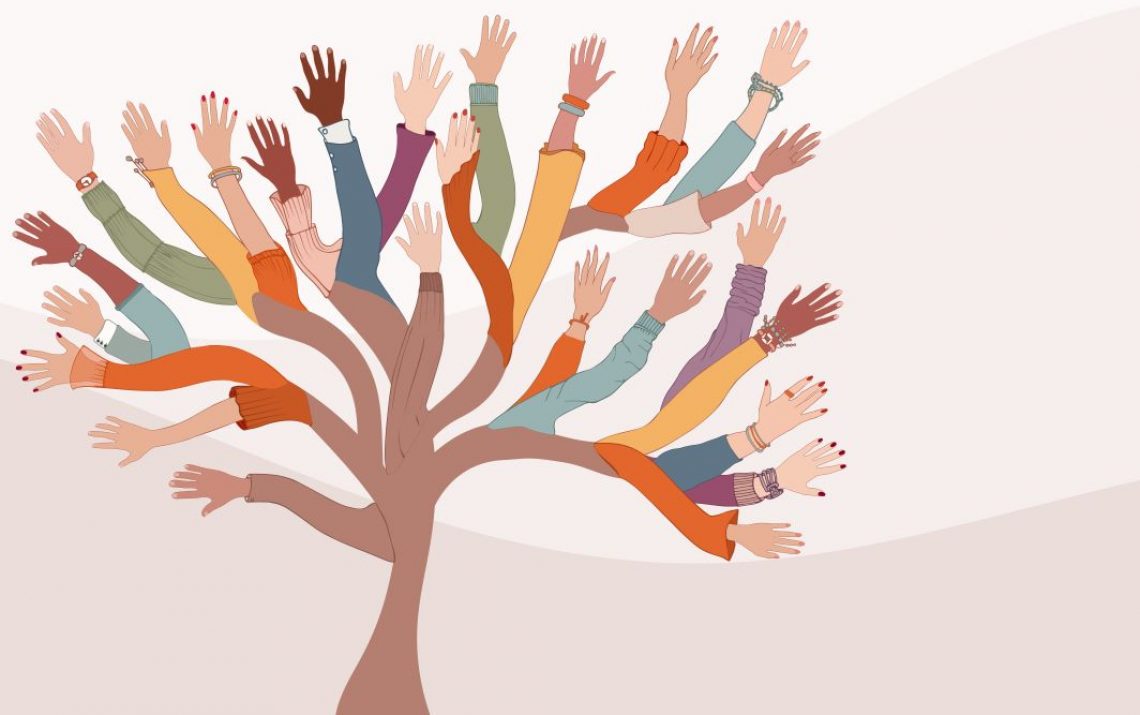Employee resource groups (ERGs) can play a pivotal role in creating positive change within companies in all sectors. Since their introduction in the early 1970s, the number of ERGs has grown considerably. Around 90% of Fortune 500 companies now have ERG programs, with an increasing number of small and mid-sized companies following suit.
But it’s not just a success story. Many ERGs have struggled to make their mark and been relaunched as business resource groups (BRGs) – but with limited success. So, does it matter whether you have ERGs or BRGs? Is there actually any difference? And how can you ensure the groups successfully drive inclusion, no matter what you call them?
The main consideration should be the group’s purpose rather than its name. Both ERGs and BRGs are essentially voluntary, employee-led groups to help develop future business leaders and increase employee engagement, as well as fostering diverse, inclusive workplaces aligned with organizational missions, values, and goals. They allow employees to be heard and encourage engagement, which can help with employee retention, recruitment, and business innovation. And they offer valuable opportunities for networking and increased exposure to senior colleagues for group members.
A resource group should be set up because it is the right thing to do. And, if it’s done correctly, either an ERG or a BRG can benefit both marginalized groups and the organization itself. The result should be an increasingly inclusive culture that drives diversity for all. If a group is called a BRG because its focus is purely business benefits, that is unlikely to help with inclusion and diversity work.
First and foremost, a successful resource group needs to have a clear purpose, and everyone should understand what it is. Networking and support for group members is a typical purpose, or it could provide opportunities to meet senior people in the wider organization. Representing the needs and truths of the group to the organizational hierarchy can also be a purpose – but this kind of lobbying is often self-created as the group grows.
Driving diversity by offering access to different communities is another key role of a successful resource group. Harnessing the power of the group – especially if members are involved in other groups in the community – can drive down the cost of recruitment, as well as increasing diverse lateral hires or internship applications.
Resource groups can sometimes play a useful training role, providing they don’t fall into the trap of thinking their own members are the ones who need ‘fixing’. However, another potential pitfall is having historically marginalized groups called upon to educate others – this can be seen as a form of unpaid labour.
Another example of a valuable purpose for a resource group involves practical business improvement. This could mean having group members review or design marketing material specific to the needs of their community, for example, or driving a relevant research project that the dominant group has missed. These kinds of activities can be critical to growing and developing new markets.
Whatever you call your group, ensure that ‘driving inclusion’ is a key aim. Inclusion is about creating an environment where everyone with the capability to succeed can do so. The very act of creating a resource group is not necessarily an inclusive thing. But adding ‘driving inclusion’ to its purpose helps to create an environment where diversity of all kinds can flourish.







